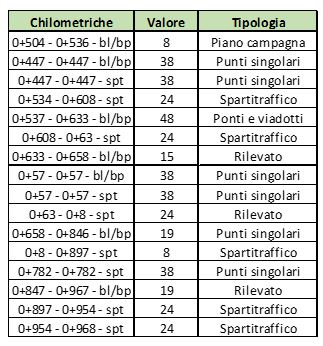TLS has always been engaged in the study and development of methodologies, instrumentation, and functional activities to improve road safety, by providing support to infrastructure management bodies, companies, and professionals active in the field.
FOR MORE THAN 20 YEARS WE HAVE BEEN HELPING TO INCREASE ROAD SAFETY
Among the activities in which TSL has distinguished itself, thanks to the experience of its technicians, is the conception of instrumentation and methods for detailed investigations functional for defining the risk level of road restraints.
Functional Cadastre of Safety Barriers


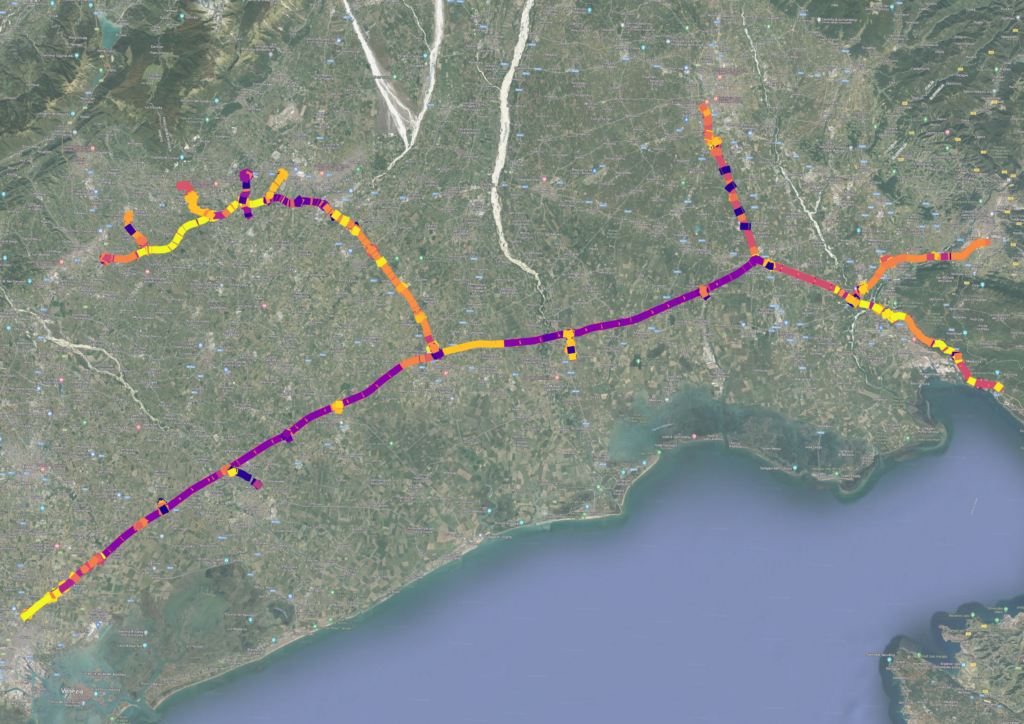

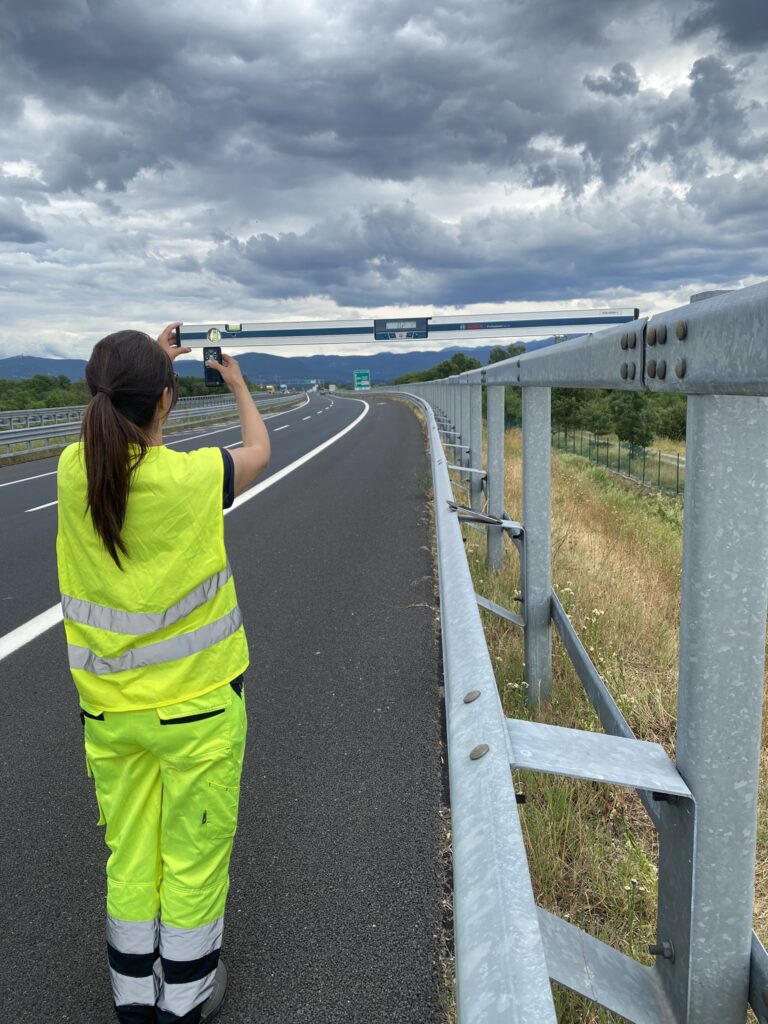
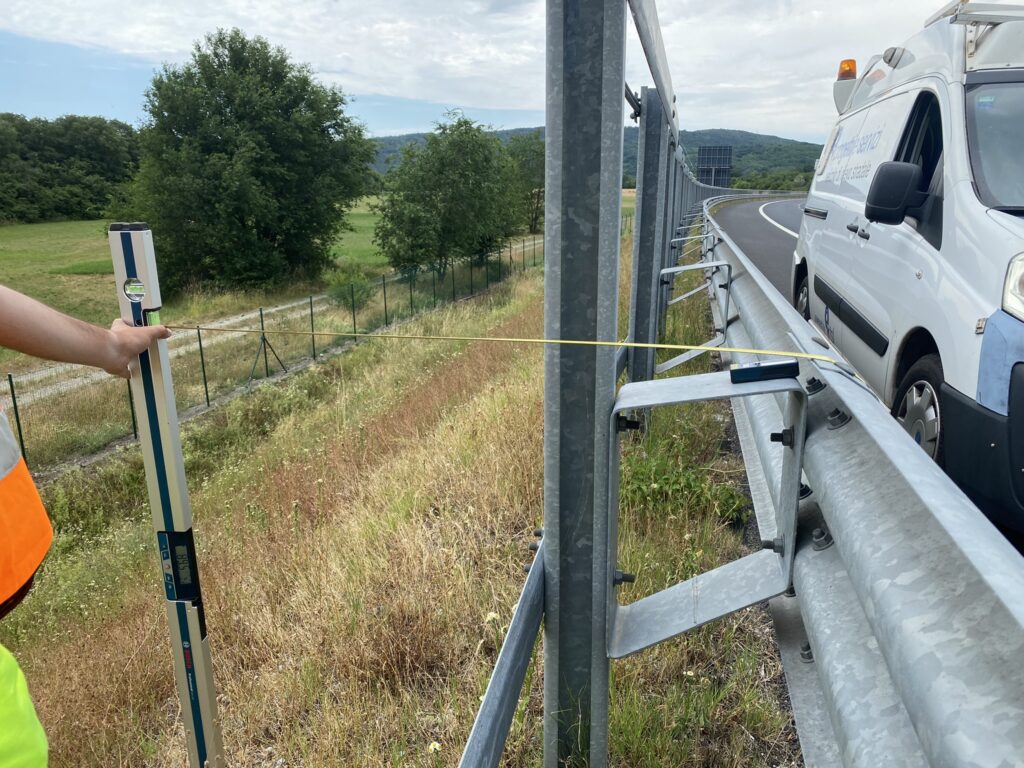

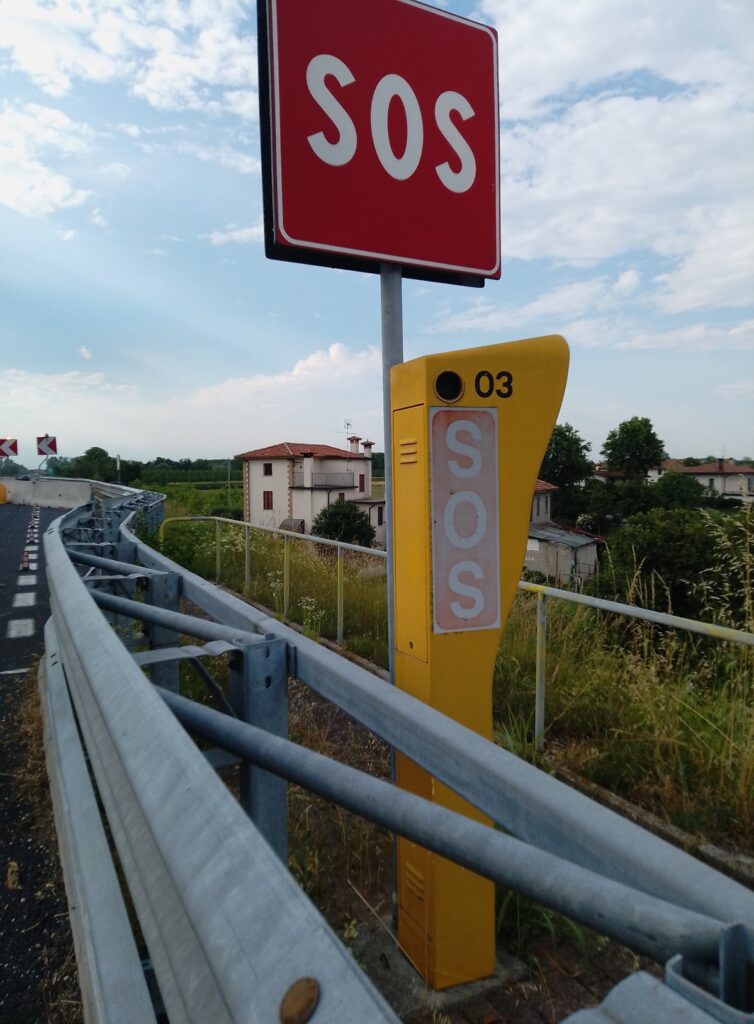

TSL has developed a procedure to define an objective correlation between the actual dangerousness of the road and the actual functionality of safety barriers. This procedure makes it possible to plan for proper maintenance or retrofitting of existing safety barriers, and to minimize the consequences in the event of a vehicle wreck, optimizing resources so that action is taken only where it is needed.
The functional barrier cadastre consists of several distinct, interrelated phases.
Phase 1. Census of existing barriers, carried out through a High-Performance Vehicle, which can provide a snapshot of the actual state of installed devices in terms of location type, and characteristics;
Phase 2. Verification of the state of preservation and proper installation of the present devices, performed through a careful inspection of the installation sites;
Phase 3. Verification of the functionality of the installed barriers by checking the supports for the barriers, either on road infrastructures (curb tightness) or on the ground or embankment, through the performance of dynamic tests necessary to assess the pile/ground interaction;
Step 4. Classification of the most critical sections identified through proprietary software that determines, from the relative defect indices, the level of risk posed by the inspected infrastructure opposite to restraint devices and the priorities for intervention;
Step 5. Verification of the restraint capacity of the installed devices and parameterization to the cogent criteria according to the year of production and installation.
Step 6. Determination of the restraint devices to be installed under Article 6 of DM 2367/2004, as amended, and design choice for the definition of the performance characteristics of the devices to be adopted, the level of restraint, and the normalized operating width.
Phase 7. Executive design of the necessary interventions to make the devices efficient under current regulations. Where necessary, interventions will be carried out to install safety barriers where not present, numerical simulations for the design of particular points, upgrading of the curb, and design of interventions to reinforce the ground of installation of the barrier.
Star Rating
Star rating is the internationally recognized practice that allows for an objective assessment of the “integrated” level of road safety for vehicle occupants/motorcyclists/cyclists/pedestrians, based on data acquired from road inspections and expressed through stars, up to five, awarded based on the increase in the degree of safety.
TSL has developed an innovative methodology for determining the degree of protection “Road Protection Score” and the level of quality of road safety for users, to identify critical sections and priorities for intervention in road networks. This is done through multiple performance indicators, “Road Safety Index”, determined on an objective basis, through algorithms that use data on the characteristics of the road under consideration, traffic, accident rate, existing barriers, their supports, and the geometry of the various areas to be protected.
Calculated the overall value of the “Road Protection Score,” which takes into account all the data collected, for each homogeneous section the qualitative level of the state of existing restraint devices is assigned and the type, as well as the priority of interventions “Star Rating”, is evaluated.
